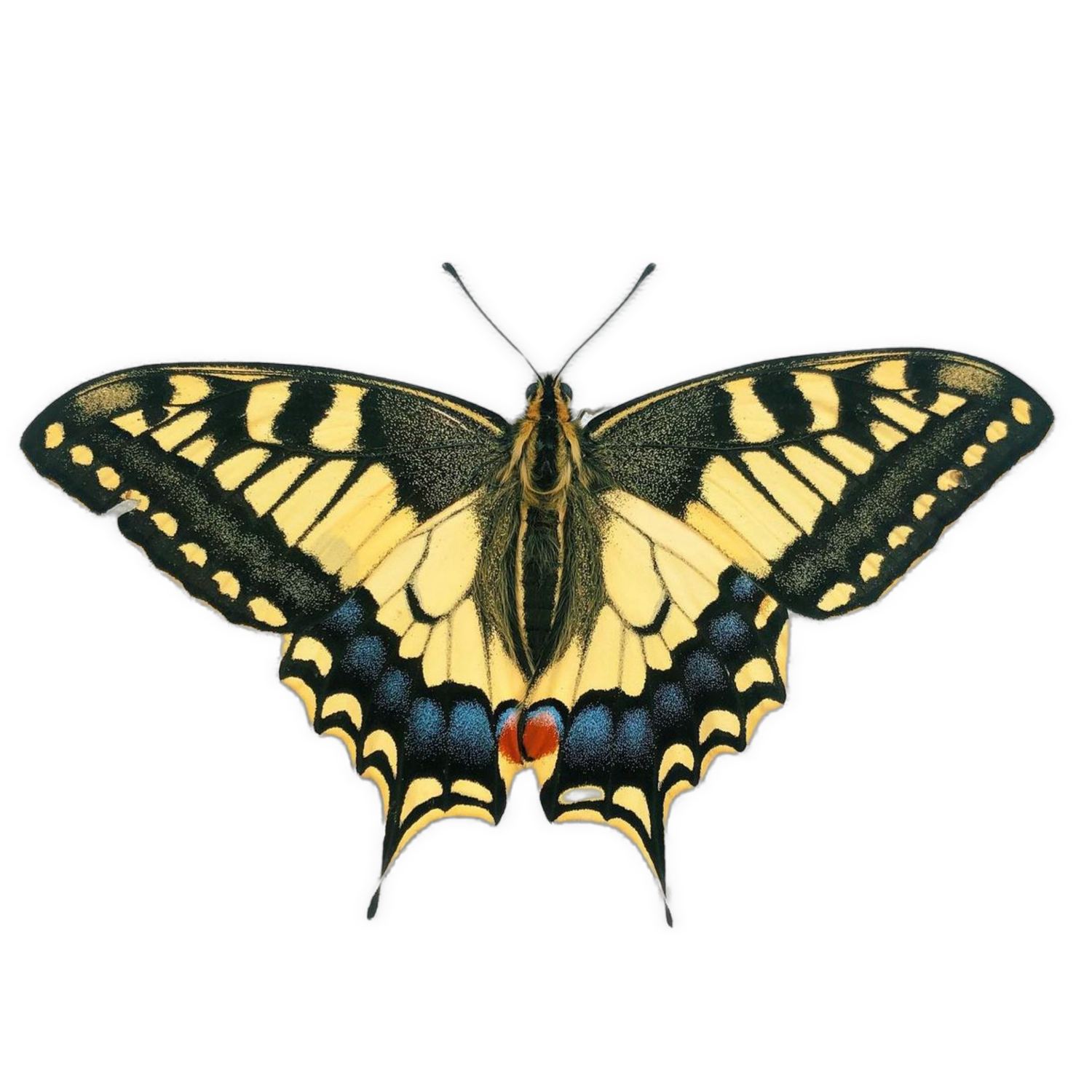Passionvine Butterfly EGGS
Passionvine Butterflies - broadly referring to Long-wing butterfly species from the tropics (Heliconiidae) - are true classics of the butterfly farm. Typified by their elongated oval wing shape and closely researched for their evolutionary significance in understanding mate selection and co-evolution with its Passionvine host plants, these are truly lovely butterflies to experience at home or in the greenhouse. Pupae are more sensitive to humidity than other species, so keep them using the polystyrene box method described here. Adult butterflies are long-lived, feeding on nectar and fruit juices, often living for several months in the butterfly house (5 or 6 months is not unusual) by digesting the amino acids they obtain when drinking nectar from flowers. If you do not have many live flowers, you can create a standard nectar solution and add ‘essential amino acids’ available to purchase in powder form from various health food suppliers. In a greenhouse, a group of 20-30 adults would be a good starting point for a colony to exhibit some of their most interesting behaviours. Despite being exotic species, these butterflies mostly enjoy a moderately warm (but not hot) and very humid environment, and will appreciate shading. Typically, during the summer there are five or six species breeding in the butterfly house - you will receive at least two of these in your order:
Postman Butterfly (Heliconius melpomene)
Zebra Longwing (Heliconius charithonia)
Leopard Lacewing (Cethosia cyane)
Red Flame (Dryas julia)
Gulf Fritillary (Agraulis vanillae)
Juno Longwing (Dione juno)
Difficulty - Straightforward (4/10)
Host plants - Passionvines (various Passiflora.) All species included will feed on Passiflora caerulea, Blue Passionvine, which is the most readily available species - online and in garden centres.
Temperature - Warm room temp. (25 degrees C.) or greenhouse
Lifecycle - Continually brooded; adults can live for many months
Passionvine Butterflies - broadly referring to Long-wing butterfly species from the tropics (Heliconiidae) - are true classics of the butterfly farm. Typified by their elongated oval wing shape and closely researched for their evolutionary significance in understanding mate selection and co-evolution with its Passionvine host plants, these are truly lovely butterflies to experience at home or in the greenhouse. Pupae are more sensitive to humidity than other species, so keep them using the polystyrene box method described here. Adult butterflies are long-lived, feeding on nectar and fruit juices, often living for several months in the butterfly house (5 or 6 months is not unusual) by digesting the amino acids they obtain when drinking nectar from flowers. If you do not have many live flowers, you can create a standard nectar solution and add ‘essential amino acids’ available to purchase in powder form from various health food suppliers. In a greenhouse, a group of 20-30 adults would be a good starting point for a colony to exhibit some of their most interesting behaviours. Despite being exotic species, these butterflies mostly enjoy a moderately warm (but not hot) and very humid environment, and will appreciate shading. Typically, during the summer there are five or six species breeding in the butterfly house - you will receive at least two of these in your order:
Postman Butterfly (Heliconius melpomene)
Zebra Longwing (Heliconius charithonia)
Leopard Lacewing (Cethosia cyane)
Red Flame (Dryas julia)
Gulf Fritillary (Agraulis vanillae)
Juno Longwing (Dione juno)
Difficulty - Straightforward (4/10)
Host plants - Passionvines (various Passiflora.) All species included will feed on Passiflora caerulea, Blue Passionvine, which is the most readily available species - online and in garden centres.
Temperature - Warm room temp. (25 degrees C.) or greenhouse
Lifecycle - Continually brooded; adults can live for many months
Passionvine Butterflies - broadly referring to Long-wing butterfly species from the tropics (Heliconiidae) - are true classics of the butterfly farm. Typified by their elongated oval wing shape and closely researched for their evolutionary significance in understanding mate selection and co-evolution with its Passionvine host plants, these are truly lovely butterflies to experience at home or in the greenhouse. Pupae are more sensitive to humidity than other species, so keep them using the polystyrene box method described here. Adult butterflies are long-lived, feeding on nectar and fruit juices, often living for several months in the butterfly house (5 or 6 months is not unusual) by digesting the amino acids they obtain when drinking nectar from flowers. If you do not have many live flowers, you can create a standard nectar solution and add ‘essential amino acids’ available to purchase in powder form from various health food suppliers. In a greenhouse, a group of 20-30 adults would be a good starting point for a colony to exhibit some of their most interesting behaviours. Despite being exotic species, these butterflies mostly enjoy a moderately warm (but not hot) and very humid environment, and will appreciate shading. Typically, during the summer there are five or six species breeding in the butterfly house - you will receive at least two of these in your order:
Postman Butterfly (Heliconius melpomene)
Zebra Longwing (Heliconius charithonia)
Leopard Lacewing (Cethosia cyane)
Red Flame (Dryas julia)
Gulf Fritillary (Agraulis vanillae)
Juno Longwing (Dione juno)
Difficulty - Straightforward (4/10)
Host plants - Passionvines (various Passiflora.) All species included will feed on Passiflora caerulea, Blue Passionvine, which is the most readily available species - online and in garden centres.
Temperature - Warm room temp. (25 degrees C.) or greenhouse
Lifecycle - Continually brooded; adults can live for many months


